All about the profession of a train driver

The railroad has given birth to a host of very important forms of human activity. But before you associate yourself with her, you need to find out the basic nuances of specific types of work. Perhaps the most important topic in this context is to learn everything about the profession of a train driver.
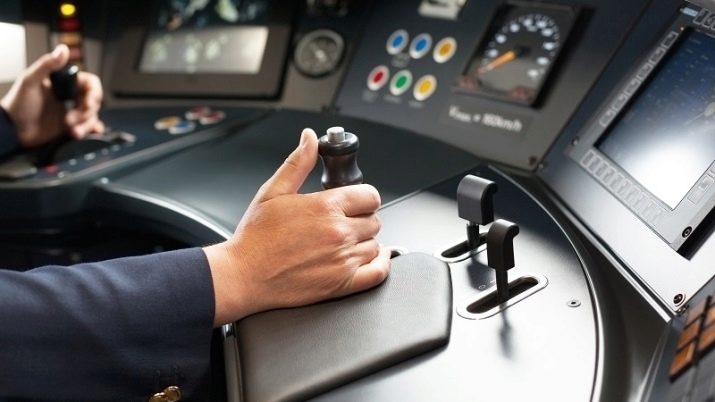
Peculiarities
This kind of activity as a train driver has a rather long history. It is generally accepted that this profession appeared in our country in 1836... It was then that the first practical movement began along the section of the first Russian railway from Bolshoy Kuzmin (now part of the city of Pushkin) to Pavlovsk. If we count the history from the first full-fledged passage along the entire railway line, then the date of the appearance of the profession can be considered November 11, 1837.
Of course, one could recall the dates of the launch of railways abroad. But this is not required to describe the essence of the profession. Much more important is that today the driver is fundamentally different from the driver of the first half of the 19th century... And yet there is an undeniable similarity between them. In an electric train cab, like an old-fashioned steam locomotive, you will have to focus on control and not be distracted. High technologies have significantly changed not only the process of locomotive movement, but also its control. However, the consequences of the error are still fatal. Moreover, the level of knowledge and skills that a machinist must possess has grown by two orders of magnitude over the past 180 years. Without these specialists, it is impossible to imagine the movement both along the main railway lines and within the stations.
The locomotive brigade of both commodity (cargo) and passenger, fire, repair and restoration, military, ambulance and any other train belongs to the "traction part". And despite all the changes that the domestic rail transport has gone through, machinists have remained an elite since its inception.
Their salary level is higher than that of any other railway personnel who do not occupy a managerial position. But now we need to look at the positive and negative aspects of such work.
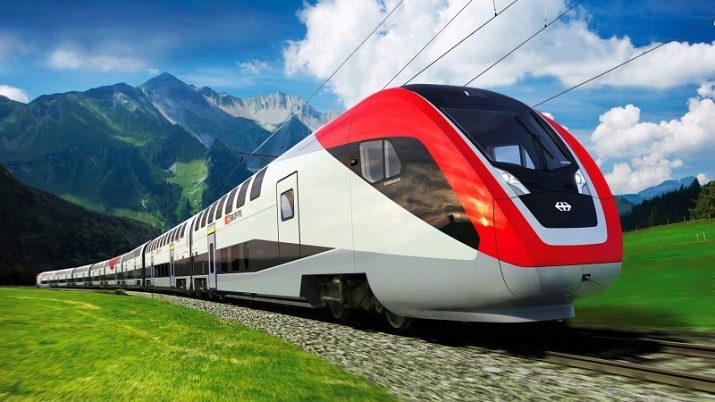
Advantages and disadvantages
Of course, the above-mentioned prestige and relatively high wages are among the pluses. It is also worth emphasizing that train drivers will be needed for at least several more decades. Even if the full automation of locomotive traffic suddenly begins (which is highly doubtful), those who come to the profession now have every chance to work until the end of their careers. As you can see, this is a fairly stable area of human activity. The romantic aspect of rail travel is worth mentioning as well. True, professionals can rarely take the time to admire the beauty. And the "romantic clatter of wheels" will gradually become a routine. But this is compensated to a large extent by a number of benefits and privileges that railroad workers can claim. They are also trying to provide material assistance in difficult cases.
And now it is worth mentioning the obvious disadvantages of the driver's profession:
- harm to health - constant sedentary work, it is impossible to get up and stretch again;
- high initial requirements for the state of health - because of them, many applicants are screened out already during the selection for training;
- training takes a very long time, much longer than that of vehicle drivers, turners or construction machine operators;
- the level of responsibility is always high, which generates constant tension;
- you have to be in a monotonous environment all the time - they even drive more or less along more or less the same routes;
- specialization is very narrow - you will have to retrain to take up another position on the railroad.
It should be noted that in recent years, health requirements have only increased. After all, the speed of transportation is increasing, as is their intensity. Have to:
- drive a train for many hours in a row, and on some routes - several days, albeit with breaks;
- be extremely careful;
- have perfect vision, hearing, vestibular apparatus;
- eliminate problems with the heart, breathing, central nervous system;
- be ready for long and systematic business trips;
- develop the skills of the highest discipline and self-discipline.
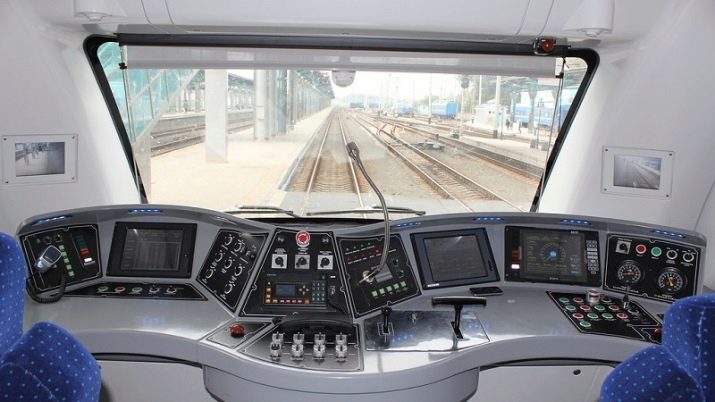
Responsibilities
The easiest way is to say, of course, that the work of the driver is reduced to the fact that he must bring the train entrusted to him at the appointed time "from point A to point B". But in practice, other nuances are immediately revealed. The job description says, for example, that the driver must always have a certificate confirming his right to drive a specific type of locomotive. There are also tasks such as:
- continuous improvement of their qualifications and general technical culture;
- elimination of overload and other violations during the movement of the train;
- observance of the generally accepted rules of negotiations with dispatchers and other traffic managers;
- prevention of accidents, crashes and material damage;
- rational use of the material part of the railway in general and rolling stock in particular;
- control of serviceability and normal operation of safety devices, engines, radio communications;
- records management;
- prompt elimination of all malfunctions on the locomotive, if this is not possible - release the haul and report to the relevant services;
- elimination of obstacles for other trains;
- elimination of interference for repair and restoration work;
- execution of orders of dispatchers and other responsible persons;
- inspection of the rolling stock at each stop;
- notification to dispatchers of all cases when other railroad workers violated safety rules.
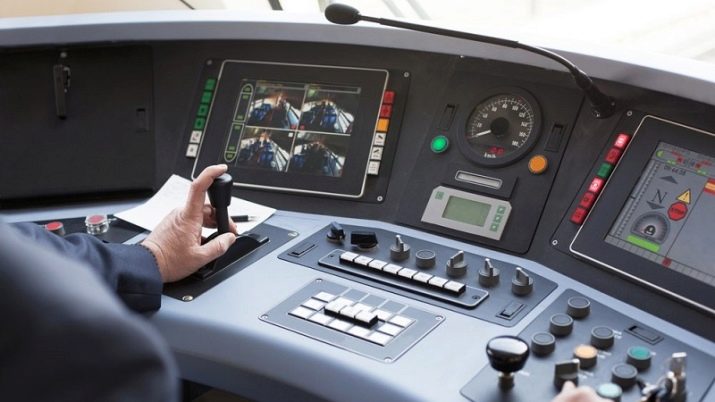
The duties of the drivers are also:
- notification of any case of emergency braking and other emergency situations;
- elimination of oil spills, release of other substances or cargo;
- saving material and other resources (not interfering with normal work);
- delivery at the end of the change of all the necessary documentation;
- compliance with labor protection, fire, environmental, sanitary safety;
- when transporting special cargo - compliance with the standards of chemical, radiation and biological protection;
- observance of the technologies established by the rules for traffic on main routes, shunting traffic;
- objective shift monitoring of health status;
- regular confirmation of the qualification level;
- compliance with established signs, semaphore signals, other instructions, restrictions and notifications.

Skills and knowledge
A professional locomotive driver thoroughly knows the structure of the locomotive and the peculiarities of its work. Before embarking on a flight, you will definitely have to study the profile of the path and its other features, the most difficult and dangerous sections. It is very important to know the places of constant signals, signs, the points of the crossings and the permitted crossing points of the railroad bed. Since rail transport is a source of increased danger, first aid skills cannot be dispensed with.
Another locomotive crew must:
- carry out maintenance of the train;
- eliminate minor problems and defects in its work on its own;
- to act successfully and prudently in a critical situation;
- know the rules of the railway;
- be able to use radio communication;
- know the requirements for the operation and storage of inventory;
- be able to check the serviceability of all locomotive systems;
- assess the compliance of the actual condition of the rolling stock with official regulations.
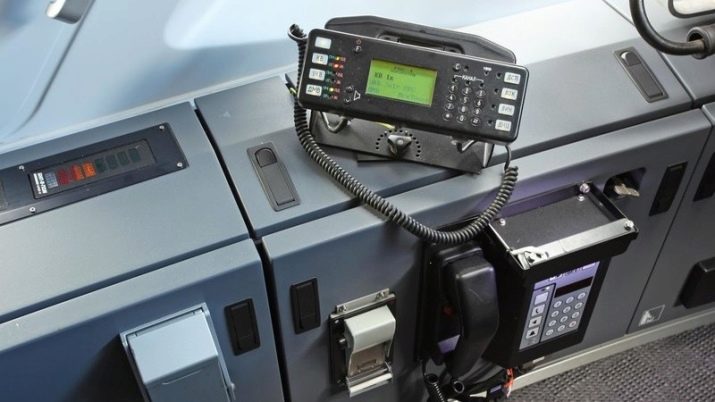
Education
Of course, becoming a train driver is very difficult today. The corresponding education is given in specialized colleges and technical schools. There they teach not only the actual driving of trains, but also give a theoretical basis. Much attention is paid to such subjects as mathematics, information technology, physics. For your information: those wishing to become metro drivers can take a training course directly at the depot.
An unconditional plus for the future driver will be the availability of a technical education in a related profile or a higher education in the railway sector. True, this option is mainly suitable for those who are going to immediately move to a leadership position.
Important: Candidates must have a background in military service. After universities or academies of railways, additional education at the training centers of Russian Railways will take 2 years.

Where does it work?
The train management specialist is most often interested in Russian Railways. Significantly fewer drivers work in the metro, on the access roads of various enterprises and organizations (usually mines and large factories, but sometimes separate military units). The salary of a driver at Russian Railways is usually higher than in other structures. In 2020, its average level is 70,000 rubles. The region of work plays a role.
Locomotive crews in passenger traffic receive more income than their counterparts in freight traffic. The salary on the electrified lines exceeds the salary of the locomotive managers. The farther the travel distances, the higher the salary. It is also taken into account:
- working out time;
- experience;
- skill level;
- daytime or nighttime work.
The starting point is usually the position of an assistant driver. In this position, the average income is 40-50 thousand.rubles per month. The most experienced can eventually become instructors of locomotive crews. These specialists not only pass on the accumulated experience, but also give practical advice on how to go through difficult sections, how to solve certain problems. Important: instructors also act as quality controllers for the work of subordinates, since their qualifications allow you to immediately notice any mistake.
A special uniform is issued to employees of locomotive crews as obligatory as at the dawn of railway transport. Today it is a half-woolen set. Nobody has any special requirements for footwear. But you should definitely have a reflective vest with you. Interestingly, some particularly enthusiastic people even become locomotive drivers. Such locomotives today are found in single copies, and are used mainly for excursions and recreational trips. But since even they rarely travel, the most ordinary machinists are involved in work, who in everyday life are engaged in diesel and electric locomotives. It is very important for them to obtain additional clearance, since the steam locomotive is officially recognized as a separate type of rolling stock.
It is also worth emphasizing that the management of each series of steam locomotives needs to be learned separately, and this is much more painstaking than using automatic controls.
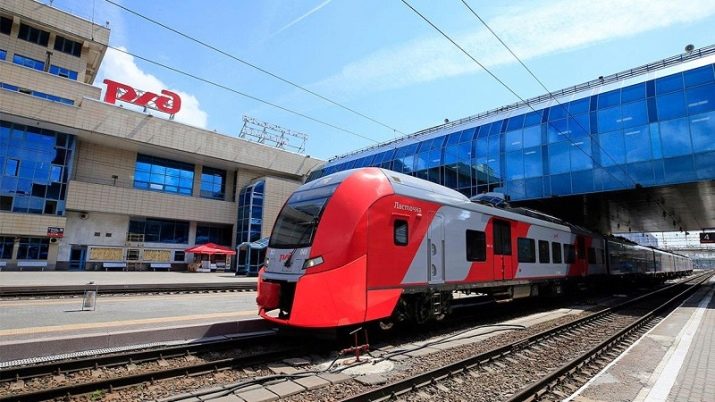
Prospects and career
As already indicated, a train driver can work not only in Russian Railways, but also in other organizations. A traditional "vertical" career is also available to him. True, to become a dispatcher, station chief, track distance manager or other narrow specialist, you will definitely need additional education, and higher education. And very strict requirements will be imposed on its quality on any railway.
Probable career paths would be:
- exploitation;
- Maintenance;
- rolling stock design;
- general management (these are exactly the same exemplary profiles of higher professional education).









